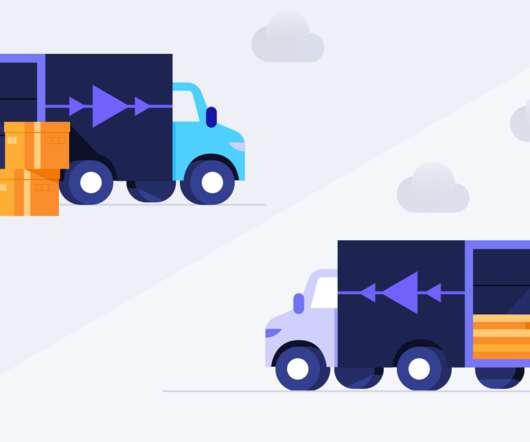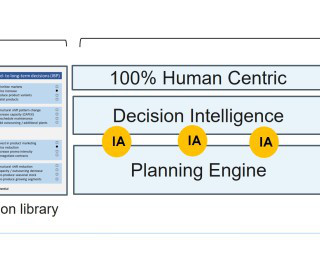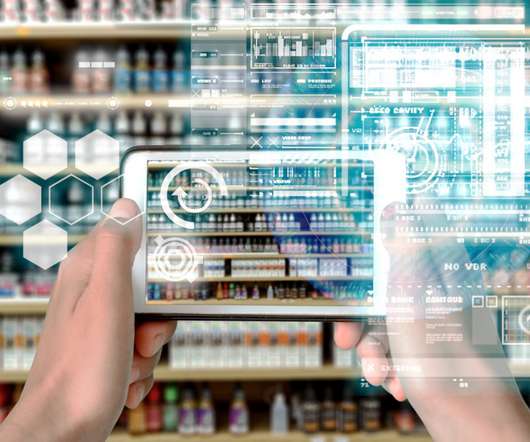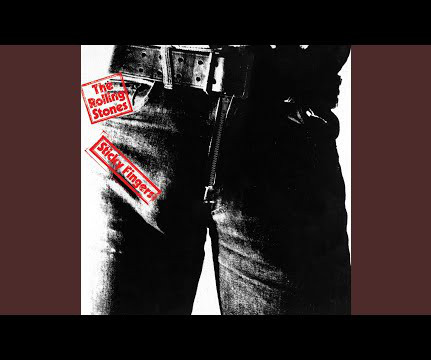Vendor vs. Supplier: how to Distinguish and Manage
Precoro
JUNE 6, 2022
And is expected to double by 2026. Acting as the last link selling products or services directly to the end customers – companies or individuals – the vendor receives a fee from the customer for sourcing the product tailored to his needs. Introduce metrics for evaluating whether KPIs are met and standards achieved.
















Let's personalize your content